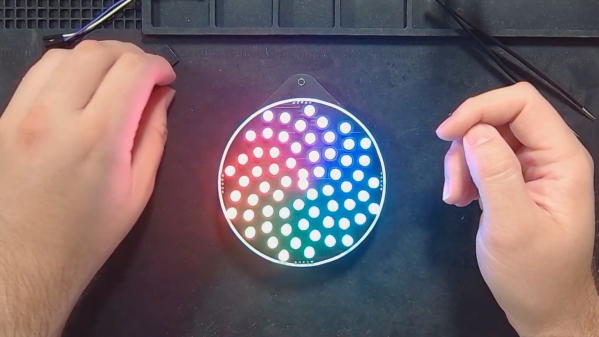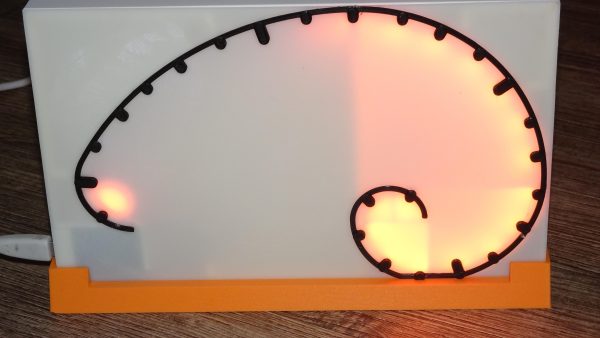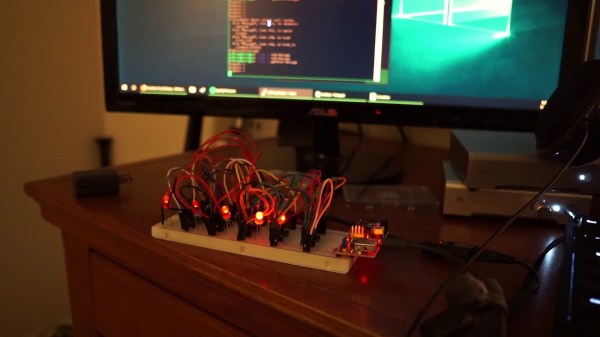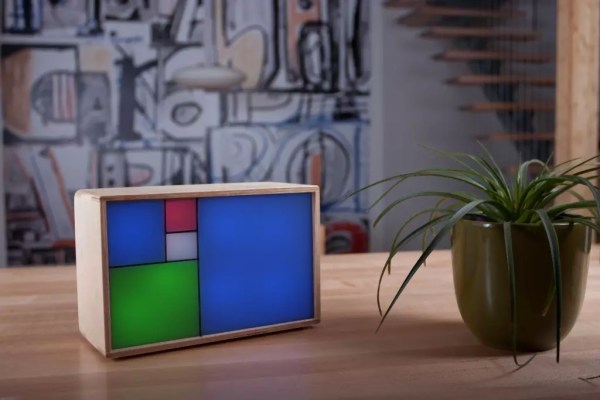If you think sonic booms from supersonic aircraft are a nuisance, wait until the sky is full of planes propelled by up-scaled versions of this interesting but deafening audio resonance engine.
Granted, there’s a lot of work to do before this “Sonic Ramjet” can fly even something as small as an RC plane. Creator [invalid_credentials] came up with the idea for a sound-powered engine after listening to the subwoofers on a car’s audio system shaking the paint off the body. The current design uses a pair of speaker drivers firing into 3D printed chambers, which are designed based on Fibonacci ratios to optimize resonance. When the speakers are driven with a low-frequency sine wave, the chambers focus the acoustic energy into powerful jets, producing enough thrust to propel a small wheeled test rig across a table.
It’s fair to ask the obvious question: is the engine producing thrust, or is the test model moving thanks to the vibrations caused by the sound? [invalid_credentials] appears to have thought of that, with a video showing a test driver generating a powerful jet of air. Downloads to STL files for both the large and small versions of the resonating chamber are provided, if you want to give it a try yourself. Just be careful not to annoy the neighbors too much.
Thanks to [cabbage] for the tip via [r/3Dprinting].


















